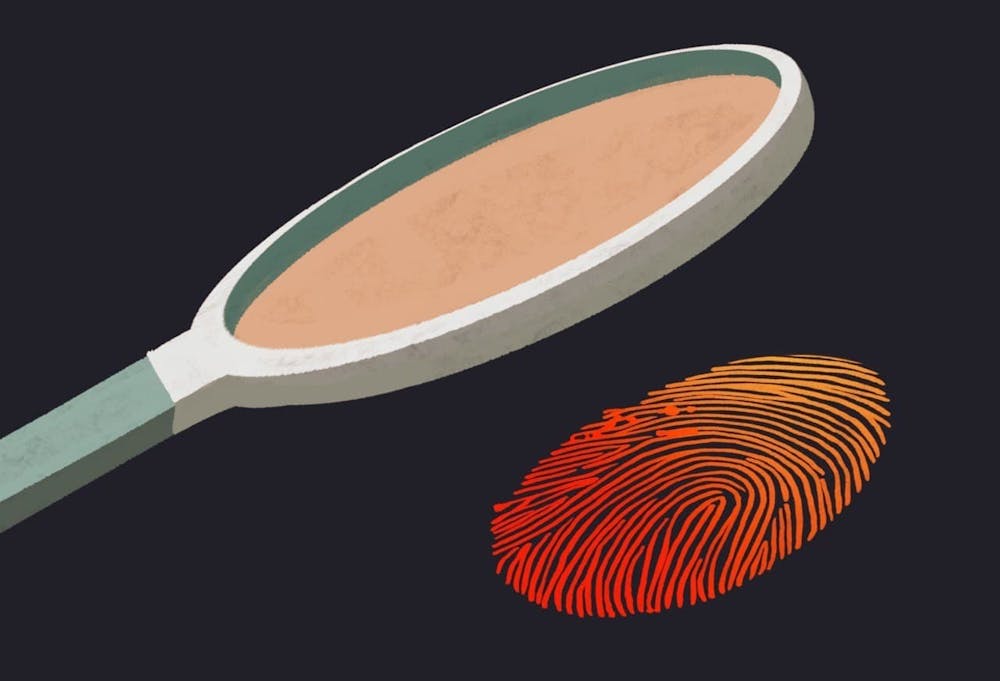Gabby Petito, also known as one–half of the “Van Life” couple, was a 22–year–old woman reported missing earlier this month while on what was supposed to be a four–month, cross–country camping trip through national parks. Just under a week ago, Petito's remains were discovered in Wyoming's Bridger–Teton National Forest—her death was ruled a homicide. Her fiancé—Brian Laundrie—remains the prime suspect in the case due to past allegations of domestic abuse and his abrupt disappearance following her vanishing.
From the “excitement” of a romantic vacation gone wrong to the “drama” of a missing person case, aspects of the story quickly captivated the internet.
Social media sleuths banded together on Instagram and TikTok, determined to get to the bottom of her case—searching for clues and crafting far–fetched explanations for her disappearance. But by treating her death like a fake murder mystery rather than a tragedy, are true crime fans actually being helpful?
Despite having no professional training, many people have posted flat–out conspiracies about Petito's case online, spreading misinformation and turning her murder into entertainment. Psychics on TikTok have even claimed to "channel" Petito's spirit.
But true crime fans don’t just perpetuate desensitization to trauma and disrespect to those who have died. They also blatantly center whiteness by only choosing to pay attention to missing person cases involving young, white, attractive, upper–middle–class women.
This trend has been well–documented as Missing White Woman Syndrome. Petito’s case is a prime example of it, with social media devoting full attention to her death while completely neglecting the cases of Desheena Kyle, Jelani Day, and many other BIPOC women whose recent disappearances have gone largely unaddressed and unnoticed.
Not only does Missing White Woman Syndrome harm the families of "famous" victims with overexposure, but it also ignores the families of missing BIPOC women who often have to take matters into their own hands due to a lack of investigative support. Black people and Native Americans are disproportionately represented in missing persons cases—yet their cases aren't met with the same kind of urgency that a case like Petito’s attracts.
Granted, the social media surrounding Petito’s case has led key witnesses to come forward with evidence. Still, we can't ignore how this sensationalism interferes with her family’s grieving process while also overshadowing and drawing attention away from the cases of BIPOC women whose families are also desperately searching for answers. While true crime serves as a form of entertainment for many, we also have a responsibility to be cognizant of its racist, insensitive, and conspiratorial effects.







